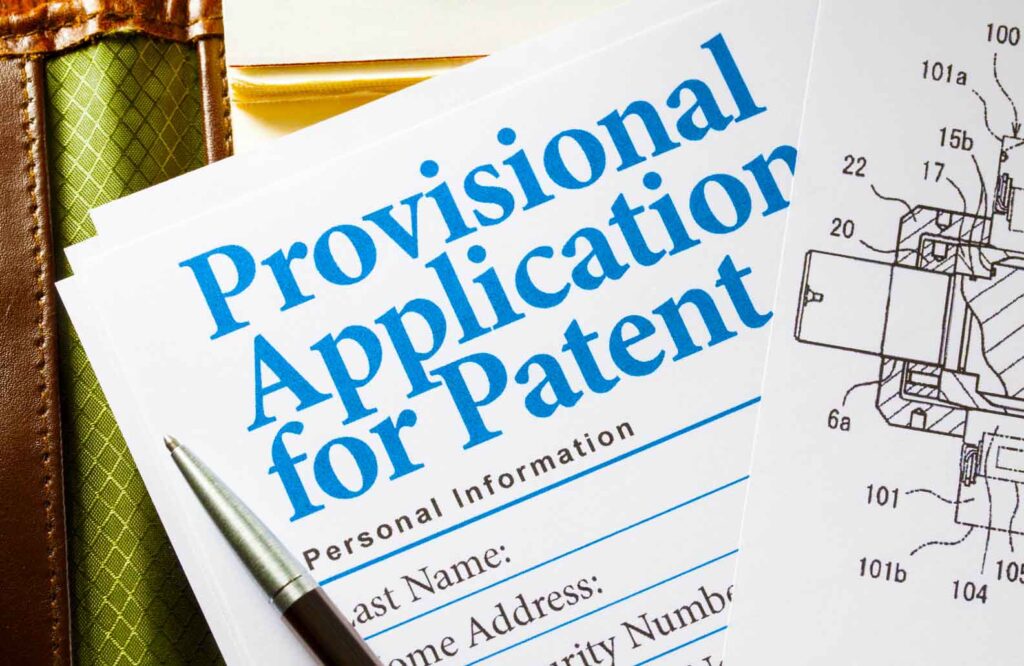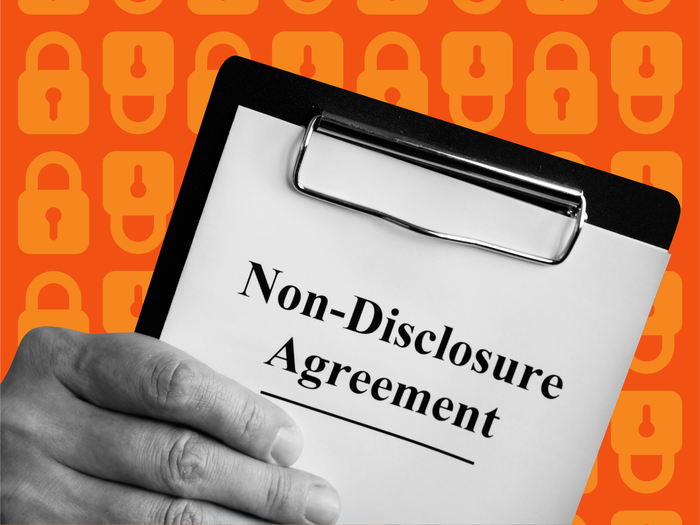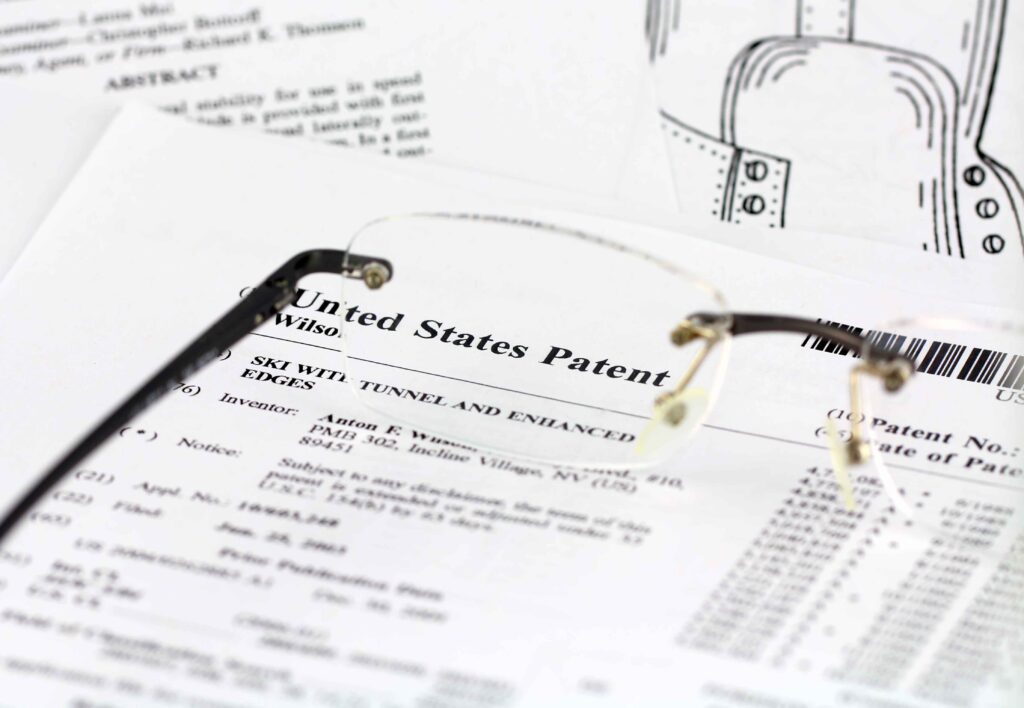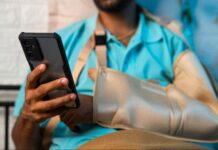If you want to ensure your inventions are protected and cannot be copied, you need to get a patent for each one. But by filing a provisional patent application, an invention will have been filed for up to one year before you apply for a nonprovisional patent, thereby allowing you to have protection from an earlier date. However, before you file for a provisional patent, you need to consider the following six things.
1. Consider Applying for a Provisional Patent Early

You should consider applying for a provisional patent as soon as you have an invention that you can easily describe in words and pictures. The United States Patent and Trademark Office grants you a grace period of one year to file your nonprovisional patent application after the first public disclosure.
The same applies to Canada. That means you have to apply for a proper nonprovisional patent within twelve months, but with a provisional license, you still get the protection you need due to being the first to file your invention. By always making sure you file first for each invention, you can gain the protection your products need to stop them from being patented by others.
2. Consider Using Nondisclosure Agreements

Keeping your invention secret is of the utmost importance if you want it to be successful in the marketplace. But at some point, to attract investments and survey potential customers, you will need to disclose your invention idea to other people. That is one reason why filing for a provisional patent as soon as you can is so important. However, it will not always be possible to prepare everything needed for a provisional patent, but you do have another option for ensuring your invention remains secret: use non-disclosure agreements.
The safeguard mechanism helps to prevent other people, like partners and investors, from disclosing confidential details about your invention to others. So, a nondisclosure agreement, which you can find out more about on this page, allows you to navigate communications with potential buyers and investors without jeopardizing your invention.
3. Consider a Provisional Patent if You Cannot Afford a Nonprovisional Patent
You have already learned why it makes sense to file a provisional patent early, but there are other reasons why filing for a provisional patent rather than a full nonprovisional patent is a good idea. One reason is lacking the cash to file a nonprovisional patent. If you do not have the money to prepare and file a proper nonprovisional patent application, it can make sense to go with a provisional patent application first.
That can also help the potential catch-22 situation of trying to find investors to fund nonprovisional patents when you are worried about disclosing your invention without any form of patent protection.
4. Consider a Provisional Patent to Have Time to Perfect Your Invention

Having what is basically a one-year extension to file a nonprovisional patent application not only gives you more time to find investors, secure funds, and find interested buyers while ensuring your invention is preliminarily protected. A provisional patent’s twelve-month grace period also means you have more time to perfect your invention. It takes time to improve any product until it is ready for market, which is why you need to do things like consumer tests and surveys with people who sign nondisclosure agreements. So, by having a provisional patent, you can spend time improving your invention until it is market-ready.
5. Consider the Downsides of Filing a Provisional Patent
To be able to fully consider the best options for you and your inventions, you need to have a well-rounded view of provisional patents. So, while they have many benefits, there are also downsides to provisional patents that you need to consider. The main one is you cannot extend the one-year limit for filing a nonprovisional patent application.
Legally, you must file a nonprovisional application within one year of the provisional patent application filing date. If you do not, you cannot claim the original filing date for your nonprovisional patent. Furthermore, to ensure you have international rights in many other countries, you will need to file in other territories at the same time as your provisional patent application in the US or Canada.
Also, if your provisional patent does not accurately describe everything contained in the later nonprovisional patent application, then the filing date of the provisional patent could be discounted.
6. Consider the Details of the Provisional Patent Application Carefully

You have just heard how important an accurate written description of your invention is for the provisional patent application, and this is just one part of the details you will need to provide on your provisional application.
So, you need to make sure you give accurate and detailed information as required for all parts of the application. For the written description of your invention, you will find the precise requirements under the US Patent and Trademark Office’s 35 USC 112. For the application itself, you need to fill out the coversheet Form SB/16.
Other things you need to submit with your provisional application include drawings of the invention and the processing fee. You need to carefully consider things like the drawings and written description before you apply for your provisional patent to ensure they are accurate and the details do not change when it comes to filing your nonprovisional patent application.
Summary
You can use a provisional patent application to secure a filing date for your invention while avoiding the expenses associated with filing a nonprovisional patent application. You get a one-year period to file for a nonprovisional patent application. When you apply for a nonprovisional patent within twelve months, you gain the advantage of the provisional patent application’s filing date.
That means you ensure your invention is protected from an earlier date, thus preventing competitors from stealing and copying your designs. Having a year to file for the nonprovisional application also means you have the opportunity to find investors and buyers and improve the invention ready for market.














